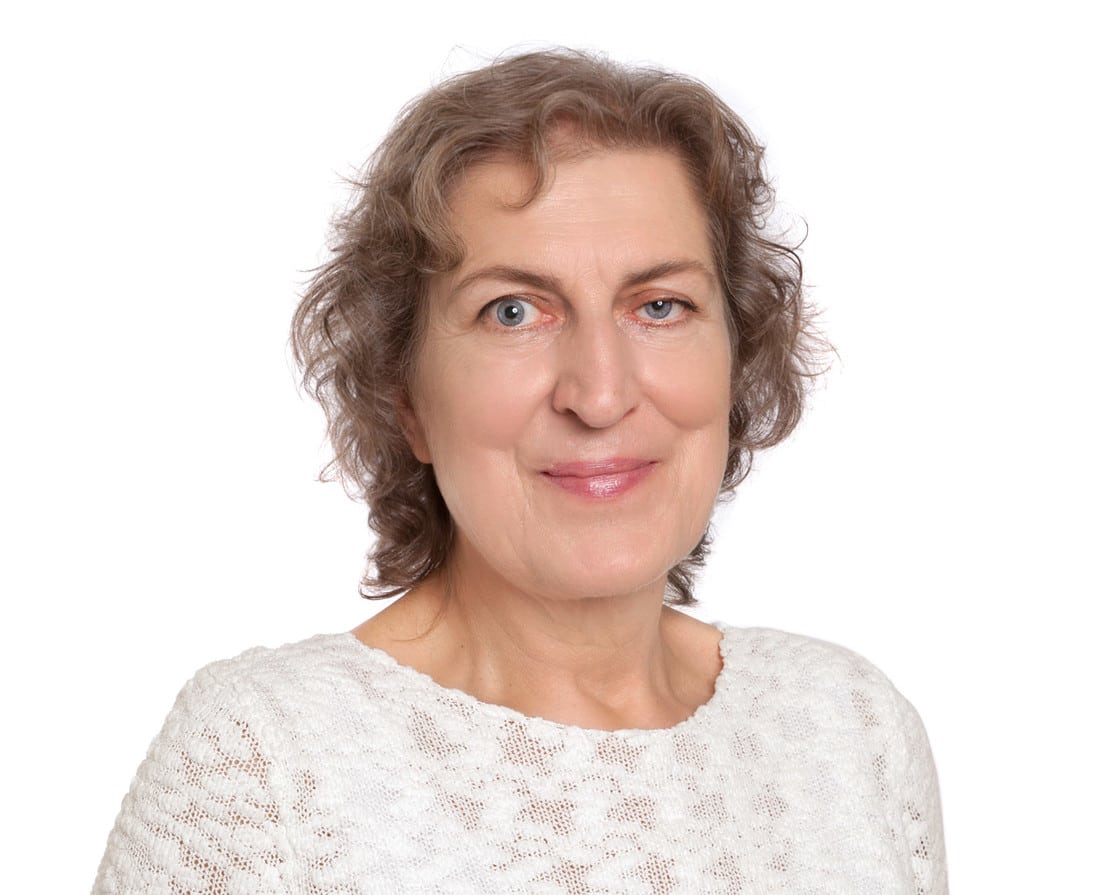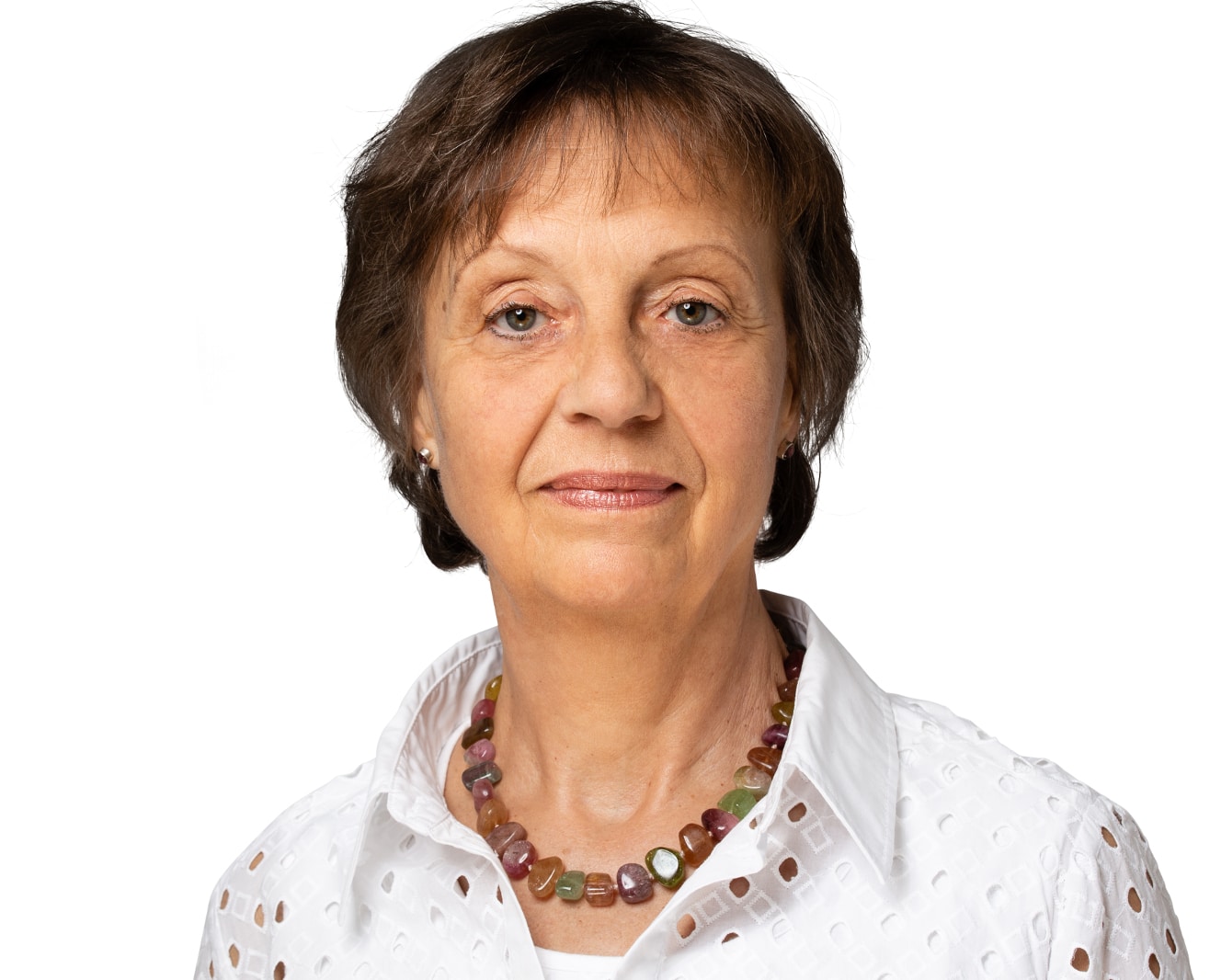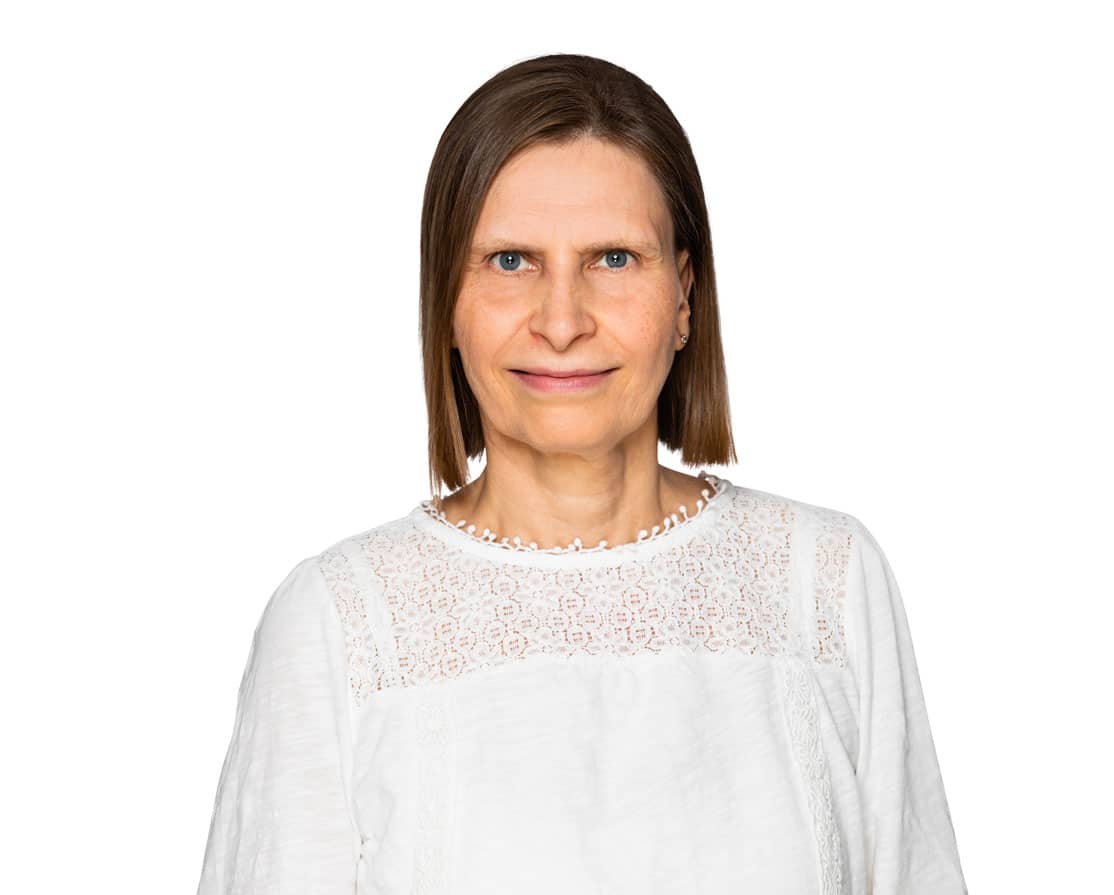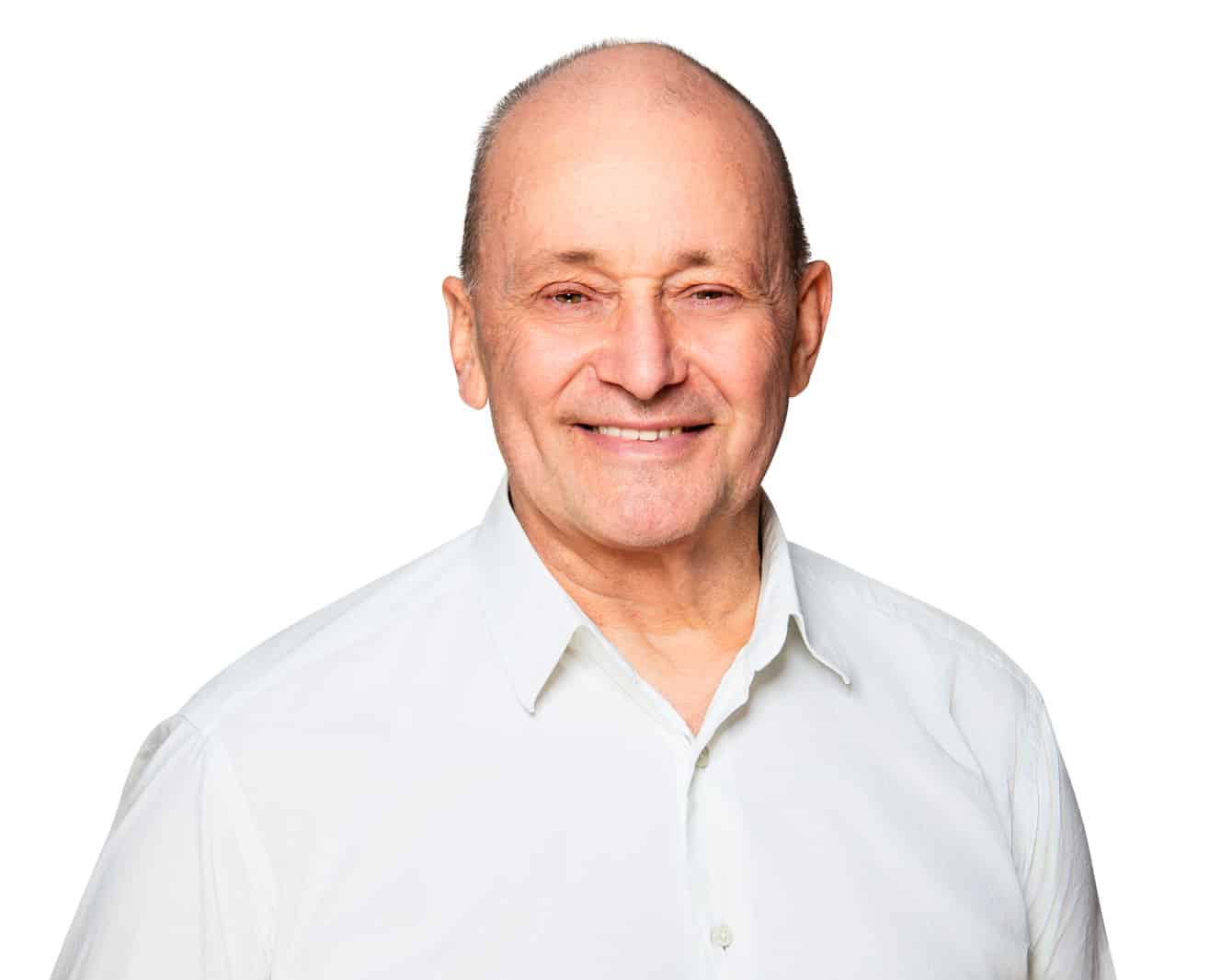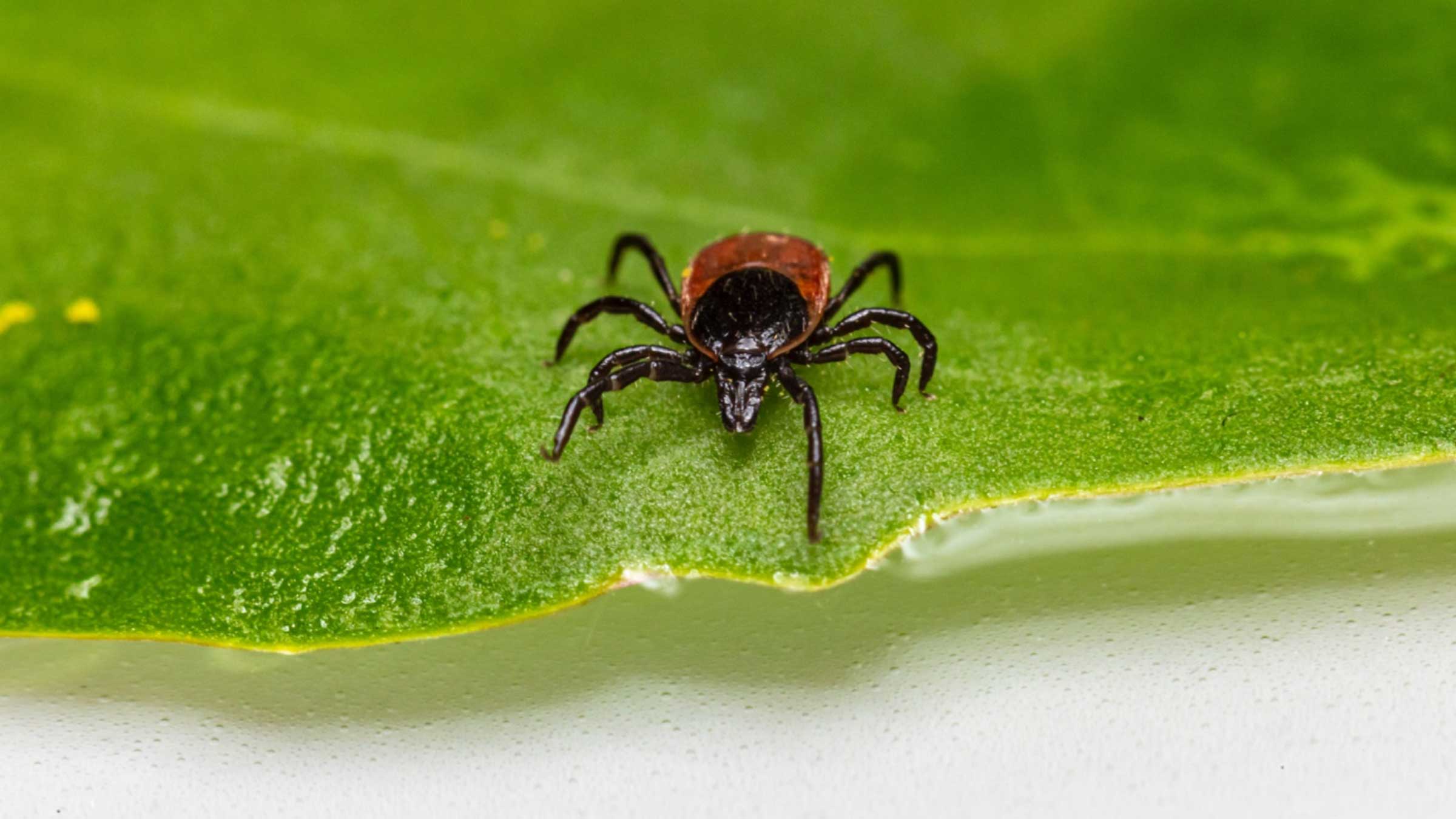
Lyme borreliosis
Synonyms: Lyme disease, Borelliosis
Tags: Post Lyme disease syndrome (post-Lyme syndrome, chronic Lyme disease, PTLDS)
Post-Treatment Lyme Disease Syndrome (PTLDS)
Controversial in conventional medicine is Post-Treatment Lyme Disease Syndrome (PTLDS), in which symptoms persist after completion of antibiotic borrelia treatment, which are often very unspecific and can affect many different organ systems. For example, chronic tiredness (fatigue), concentration problems, depression or general poor performance can occur alongside many other symptoms that are often diffuse and difficult to classify. This makes it difficult for conventional doctors to make a diagnosis, which is why the affected patients are often wrongly placed in the psychosomatic corner for several years and see many therapists without any visible therapeutic success. Part of our holistic healing concept is to take targeted action against a confirmed Borrelia infection or persistence, as well as to strengthen the milieu in order to unleash the body’s own defenses.
Like the syphilis pathogens, borrelia are great camouflage artists and are therefore easily overlooked. This is particularly the case when the classic symptoms of the disease do not appear at all or are misjudged.
Different forms in which the borrelia can survive in the body are also being discussed. In addition to the generally known, corkscrew-shaped spirochetes, there is talk of cystic forms and spore-like, completely metabolically inactive forms.
With a diagnosis that is not generally recognized, it is usually very difficult for those affected to receive appropriate treatment. Long courses are not uncommon, and it is often the case that a wide variety of specialists from all areas of medicine have been consulted without the patient improving significantly.
Conventional medicine has not yet been able to develop effective treatment approaches and strategies for the damage caused by long disease processes (secondary damage).
Lyme disease is currently treated in Germany according to the following guidelines of the Association of Scientific Medical Societies (AMWF):
AMWF Guideline Cutaneous Lyme borreliosis, AMWF Guideline Neuroborreliosis
In its “Klug Entscheiden” initiative, the German Society of Internal Medicine (DGIM) advises against determining Borrelia serology if there is no typical medical history and symptoms. Due to the high infection titer (seroprevalence), the probability of misdiagnosis (false positive test result) is too high.
This means that the 50% of infected people who have no clear symptoms or do not remember their tick bite unfortunately have less chance of early detection and treatment of Lyme disease.
Conventionally, only laboratory-confirmed infections are treated with antibiotics – depending on the stage and severity of the symptoms, treatment lasts between 5 and 30 days.
Taking a holistic approach to Lyme disease
In integrative medicine, we assume that symptoms usually have several causes. Unlike in conventional medicine, we are not satisfied if we can find and treat “the (one) most probable cause” (e.g. the bacterium).
We pay tribute to our knowledge of the enormous self-healing powers of the human being by systematically searching for other factors that have a high probability of weakening the entire system and sabotaging the body’s own regulatory mechanisms. Nutrient deficiencies, silent inflammation, e.g. in the gut or jaw, exposure to environmental toxins, unhealthy behavior at home or at work and dysregulation of the autonomic nervous system or immune system are just some of the causes that we identify and treat here in Berlin. Using this strategy, we often achieve a good response from our patients to the therapies – self-regulation can be restored.
With our holistic approach and our multidisciplinary team, we also strive to activate individual resources at various levels.
We take the time to get to know our patients and their individual needs. After a personal consultation, physical examination and detailed diagnosis, we draw up a personal treatment plan based on the results and taking into account the patient’s entire medical history. Together with our interdisciplinary team and the patient, the therapy is continually adapted and optimized over the course of the treatment.
In addition to holistic therapy, in which the environment, basic regulation, optimal micronutrient supply, intestinal health and exposure to environmental toxins are considered, we also have a range of specific procedures at our disposal.
With our Thera Mito Hyperthermia Adsorption (TMHA), we can tackle several relevant factors of a Borrelia infection in one session:
In this mechanical blood purification procedure, we purify and heat up to 70 liters of blood in about 3 to 4 hours. In addition, the oxygen concentration of the venous blood is briefly increased fivefold.
We therefore combine factors, each of which has already proven itself in the fight against borrelia and its co-infections.
Detoxification – right into the cell nucleus
Through massive detoxification, not only of heavy metals, but also of other environmental toxins of various kinds, we relieve the body in such a way that the immune system can work effectively again.
Living toxins such as fire retardants from new cars or sofas, microplastics from drinking water and food or fungal toxins from the home are just a few examples.
Some of these substances even attach themselves to our genetic material (DNA adducts), which can then no longer be read to the extent necessary for optimal health.
As before-and-after laboratory tests impressively show, we can even remove harmful substances from the DNA with our unique process.
This allows the body to recover right down to the cell nucleus.
The high oxygen content that we achieve through oxygenation and the moderate hyperthermia of approx. 39.5C° not only seriously affects the borrelia, but also the co-infections.
We combine various procedures here, each of which has already proven itself individually in the treatment of chronic Lyme disease.
The most effective is Thera Mito Hyperthermia Adsorption with individual pre- and post-treatment according to our holistic therapy concept.
Intravenous ozone high-dose therapy (OHT) is one of the procedures we use most frequently, especially during preparation. In addition to many other effects, the improvement in the flow and transport properties of the blood are particularly important here.
This significantly improves the depth effect of the blood purification procedure.
Intermittend Hypoxia Hyperoxia Therapy (IHHT) with our Mitovit device is not only suitable for improving the health of the mitochondria and thus the body’s energy supply. As the Russian doctor and researcher Arkadi Prokopov explains in an interview, the fluctuating oxygen levels can be used to treat Lyme disease.
The temporary low oxygen level would lure the borrelia out of their oxygen-poor niches (“hiding places”) into the blood, where they would then be killed by the subsequent high oxygen levels.
Lyme disease and co-infections
In addition to Borrelia, other pathogens can often be identified that contribute to some of the symptoms.
In close cooperation with selected laboratories, we also detect complex co-infections and can integrate their treatment into the therapy concept.
In addition to mechanical procedures for the treatment of borelliosis and co-infections, we also use proven natural substances in various forms. These include high-quality plant extracts and medicinal mushrooms. They are supplemented, for example, by the administration of intravenous vitamin C or selected amino acids.
Infusion therapies
Especially in the initial phase of therapy in our practice, we often prefer to administer the natural substances as an infusion, as experience has shown that absorption via the often pre-damaged intestine is significantly less effective.
Practical excursus: Protection against infection with borrelia
The “tick vaccine” only offers protection against the TBE virus (tick-borne encephalitis), which can cause inflammation of the brain and meninges. There is as yet no vaccination against Lyme disease – however, a phase 2 study with 600 participants is already underway.
The best protection without any side effects is to avoid infection.
Important key facts to avoid infection:
The probability of Borrelia transmission increases with the duration of the tick’s sucking act. The Borrelia bacteria are located in the intestines of the sober tick and only migrate into its salivary glands at “mealtime” and then enter the wound of the potential host with the saliva. It is therefore assumed that transmission can only take place after a tick has been attached for several hours.
Under stress, the parasite salivates significantly more, which makes transmission much more likely. For this reason, stress-inducing methods of tick removal, such as glue, nail polish remover etc., are not recommended today.
Special tick tweezers, forceps and cards are now available in pharmacies to remove the parasites quickly and safely.
The ticks are grasped by the head and levered out. Twisting is no longer recommended.
“Insider tips to further reduce the probability of transmission in the event of a tick bite”
If you want to be absolutely sure, you can suck on the bite site with a suitable tool for one to two minutes immediately after removal to pull out any borrelia that may have entered the wound. The Aspivenin system is suitable for this (alternatively [according to mx] made from a 2-5 ml syringe (advantage: smaller and always with you)).
As Borrelia are destroyed at 41.5°C, a thermal procedure such as bite away would also be an option. Disinfectants or alcohol can also help.
The basic rule for removal and aftercare is that neither the person nor the tick should be stressed.
After a tick bite, you should keep an eye on the area for several weeks, as wandering redness (erythema migrans) can occur days or even weeks later.
Your contact persons
Contact and appointment possible at any time
Do one or more of the above points apply to you and would you like to do something for your health? Are you curious? Please feel free to contact us by phone to make an appointment.
You can reach us according to our opening hours at tel. 030 79016533. We look forward to your call or message.





